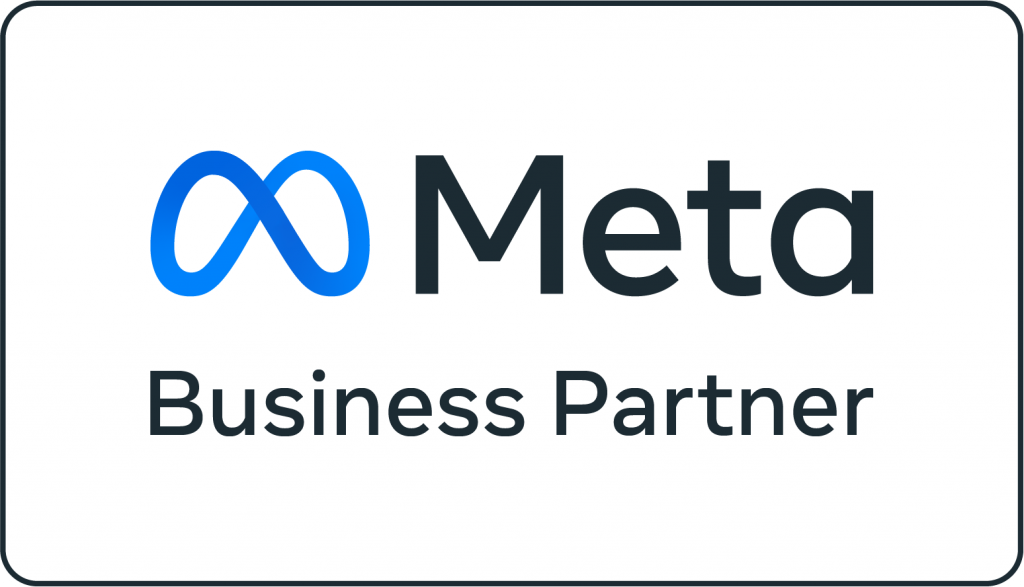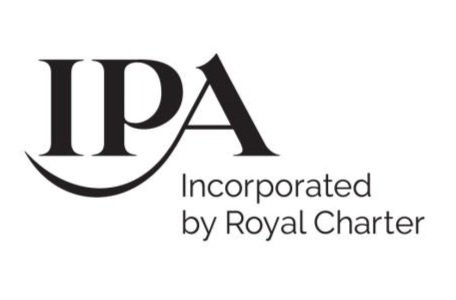How Opticomm is already using AI to Revolutionise Media Planning
In 2025, AI is reshaping the world and that includes media planning, enabling clients brands to make smarter, data-driven decisions. We can now harness vast amounts of consumer data, and AI-powered tools can help us predict audience behaviour making our response forecasting now even more accurate.
Not only have our results improved but we have developed an even greater level of granularity in campaign development, built around the use of AI tools for audience.
Opticomm has effectively leveraged AI to refine and develop campaigns targeting hard-to-reach niche audiences. For example, using AI on platforms like LinkedIn, Opticomm has helped clients target specific professional demographics, industries, and job titles that are often difficult to connect with through traditional advertising methods and even find using the tools self serve functionality..
Opticomm have also used AI’s ability to analyse data is another game-changer. Our tream have been able to use these tools to make more finessed optimisations, adjusting strategies based on performance metrics, target audience interactions, and trends. This agility ensures that budgets are used as efficiently as possible, maximising both reach and impact.
In a rapidly evolving media landscape, AI has already allowed us to stay ahead of trends, target niche audiences more precisely, and ultimately achieve better campaign outcomes.
Speak to the team if you’d like to know more including which tools we use and for what job.

Flipping the funnel – B2B
We all know about ‘the funnel’, it has always been a useful mindmap in marketing for both its ease and universality but here at Opticomm we have found the traditional funnel from a vertical top to bottom for B2B is not only not relevant but can lead to investment in the wrong channel, format and message.
The main issue is B2B marketing and media has been playing second fiddle to B2C and we carry over our thinking from B2C to B2B but B2B is different. There are lots of factors that make it so but one of the biggest ones is ‘talking to the market’ and how that changes the format and the optimisation we choose.
Potential customers for large scale B2B purchase decision are rarely ‘in market’ – this means the traditional online/social methods of optimising to CTR% and engagement will likely either ‘not work’ or be seen as ‘not working’. To make a B2B digital campaign strategy deliver to business goals (not the usual marketing ones) we need a totally different approach, campaign flighting, format selection and method of measurement. It means we need to flip the funnel and then plan accordingly.
To find out what that means for the detailed plan get in touch






